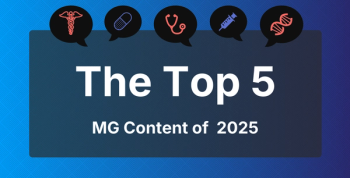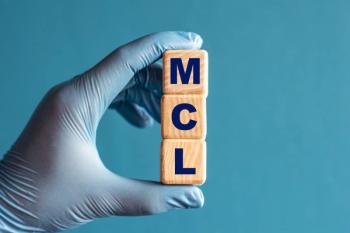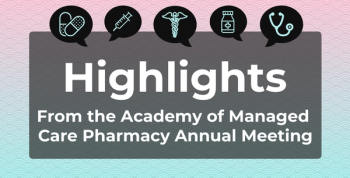
Regenerating Neurons, Muscle, and Hope in the Field of Muscular Dystrophy
Key Takeaways
- The MDA's 75th anniversary conference highlights advancements in gene therapy, precision medicine, and patient-centered care for muscular dystrophy.
- Discussions focus on equitable access to groundbreaking therapies and understanding their benefits and risks for all patients.
The 2025 Muscular Dystrophy Association Clinical & Scientific Conference, convening in Dallas, Texas, from March 16-18, will feature clinical updates, expert insights, and breaking trial findings that sum up to a new frontier of care for neuromuscular diseases.
When the Muscular Dystrophy Association (MDA) was
The
That first day will also feature a keynote address by former FDA director Robert Califf, MD, as well as looks ahead at neuromuscular research, public policy, and advocacy. According to
“The advancements in gene therapy, precision medicine, and patient-centered care represent a bright horizon,” Califf stated in an MDA press release, “but much work remains to ensure equitable access to these groundbreaking therapies and a full understanding of the benefits and risks of these major technological advances for all patients that we must address together.”4
After these opening sessions, the agenda features multiple tracks spanning from disease mechanisms to care management to drug development, as well as sessions focused on specific disorders such as amyotrophic lateral sclerosis (ALS),
A theme that recurs throughout the agenda is the notion of regeneration, or growing back matter that has been lost to the course of a degenerative disease. This could represent an exciting leap forward for the muscular dystrophy field, now that approved drugs can slow or stop disease progression. One panel will discuss neural regeneration as the next frontier in ALS and spinal cord injury, while another will cover progress in regenerating muscle in patients with DMD and other muscular dystrophies through advances like stem cell therapy.
In addition to these sessions and panel discussions, the agenda allots time for the presentation of abstracts throughout the meeting, both at poster receptions each evening and during a jam-packed lineup of novel and late-breaking research on Wednesday. These data span phases from investigational drug candidates to ongoing long-term trial follow-up, and they range in scope from the molecular level—editing genes and regulating ion channels—all the way to the system-level impact of digital health technologies to track outcomes. The late-breaking abstracts also contain data that could expand options for patients who were previously left out of clinical advances; for instance, research on intrathecal administration of disease-modifying gene therapy could benefit patients who were diagnosed with SMA after the age cutoff for receiving the currently approved gene therapy options.
This breadth of research, Hesterlee said, should enable attendees to “come away with new collaborative opportunities and ‘cross-pollinate’ between different areas, and a great appreciation for how much has been accomplished so far.”
References
- MDA 75. Muscular Dystrophy Association. Accessed March 13, 2025.
https://mda75.org/ - Conference agenda. 2025 MDA Clinical & Scientific Conference. Accessed March 13, 2025.
https://www.mdaconference.org/wp-content/uploads/2025/03/2025-MDA-Conference-Agenda-21.pdf - Munz K, Hesterlee S. Advances in gene therapy, neuroregeneration at the forefront of MDA 2025. AJMC®. March 13, 2025. Accessed March 13, 2025.
https://www.ajmc.com/view/advances-in-gene-therapy-neuroregeneration-at-the-forefront-of-mda-2025 - Robert Califf, MD, MAAC, to deliver keynote address at 2025 MDA Clinical & Scientific Conference. News release. Muscular Dystrophy Association; February 27, 2025. Accessed March 13, 2025.
https://www.mda.org/press-releases/2025/robert-califf-md-maac-to-deliver-keynote-address-at-2025-mda-clinical-and-scientific-conference
Newsletter
Stay ahead of policy, cost, and value—subscribe to AJMC for expert insights at the intersection of clinical care and health economics.







































